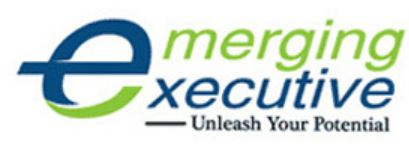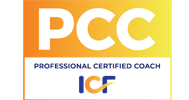
Nadia Prescott
Often, I hear staff complaining that their board is not active and board members are not attending meetings. If this is a problem in your organization, look inward and start asking yourself the question: What are you doing to keep your board members engaged? Remember, they are volunteers, and there might be something you can do differently to encourage their participation.
A good place to start is looking at your orientation process, especially if you have an organization with complex programs. Do you just hand people a brochure, or do you take the time to invest in your new board members with a specially designed orientation process that includes program descriptions, staff meet and greets, and presentations of compelling stories about the people who have benefited from your services. Have you laid out your board giving policy so there are no surprises? When I joined my first board, nobody explained there was a board giving policy and I was completely taken aback when I got a letter with the board pledge form.
Next, consider who is on your board. Is it primarily comprised of a group of individuals who have been working with the organization for a long time? If so, and you introduce a new board member, are you mindful that the new member might feel like an outsider? I always recommend that organizations bring in three or four new board members at the same time to avoid this potential problem. It is also important to consider the culture of your organization in general, and your board in particular. Does the environment encourage and welcome questions during board meetings? Remember – any new board member will have many questions since they recognize they are legally and financially responsible for the organization. You WANT them to ask questions, and feel comfortable doing so. If your organization is complex, consider pairing a long standing board member with a new member as part of a mentoring process for the first few months of their tenure.
Consider giving back to your board members by educating them. For example, many board members do not have a financial background, nor do they understand the financial challenges faced by non-profits. And since most adults don’t like looking stupid in front of other people, anticipate this educational need beforehand and provide some training. Set a new precedent by providing education to your board members on a quarterly basis. Make sure you offer something which will add value to them. Finance and fundraising are always good topics!
And finally take a look at your board meeting agenda. Is it forward thinking, or are board members going to give up two hours of their time to talk about what happened in the past month. Make sure your agenda is strategic and that you think about the outcome you want from each session. Discuss with board members the importance of reading committee meeting minutes beforehand because topics at the board meeting and decisions required are going to be based off of information provided in those minutes. And make sure you send out those minutes at least a week to 10 days in advance of the meeting. Remember your board members have full-time jobs!



